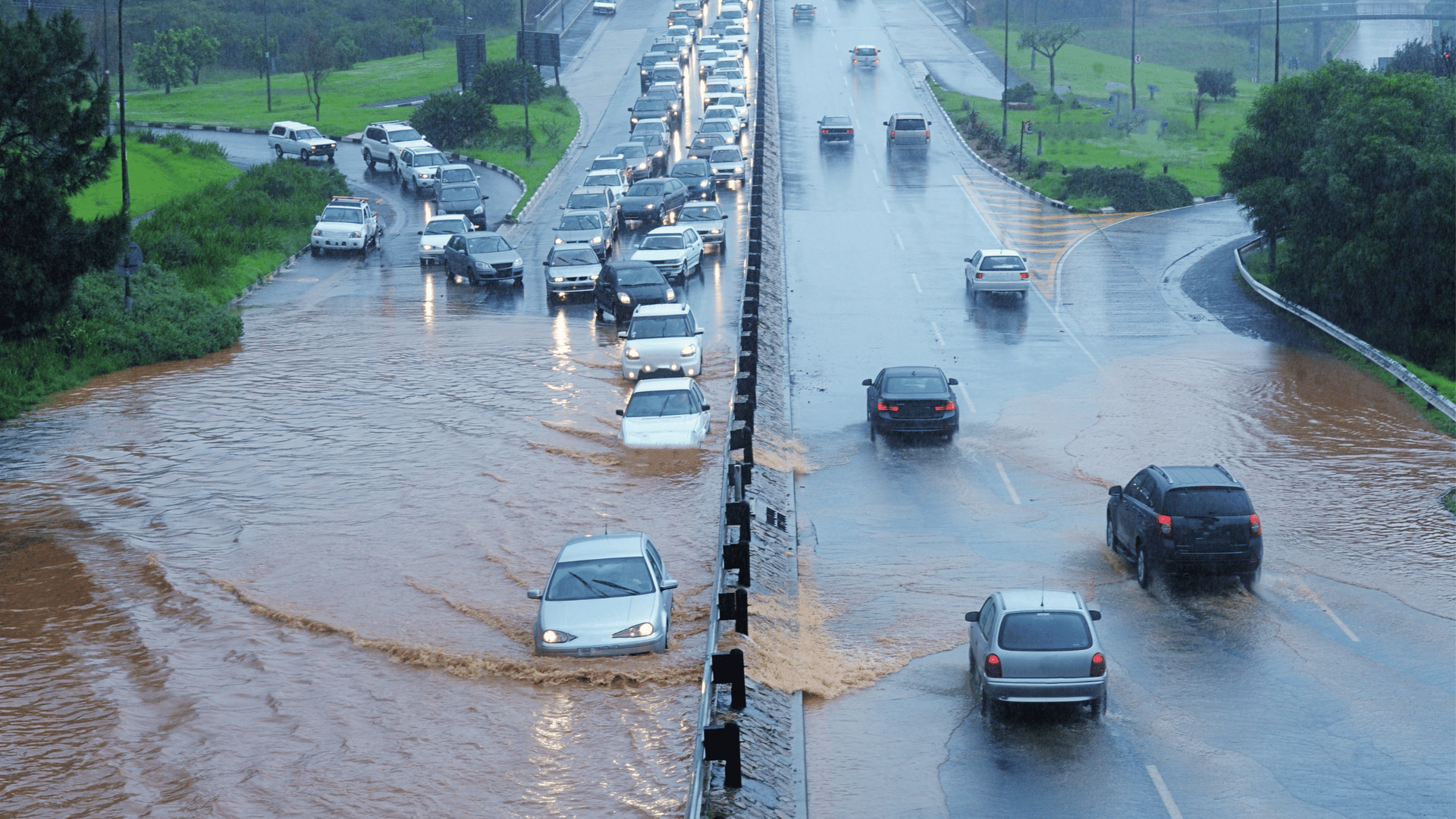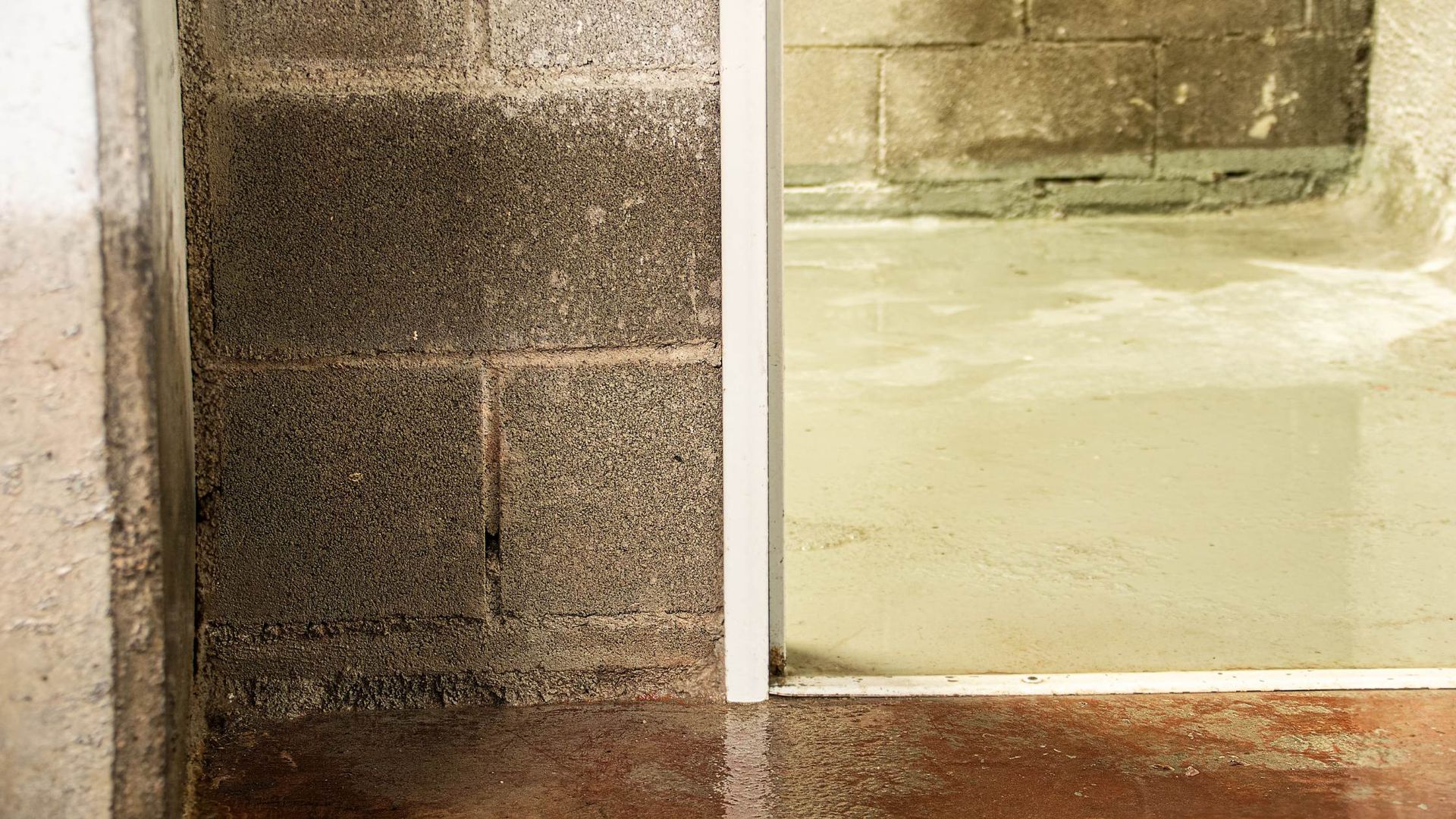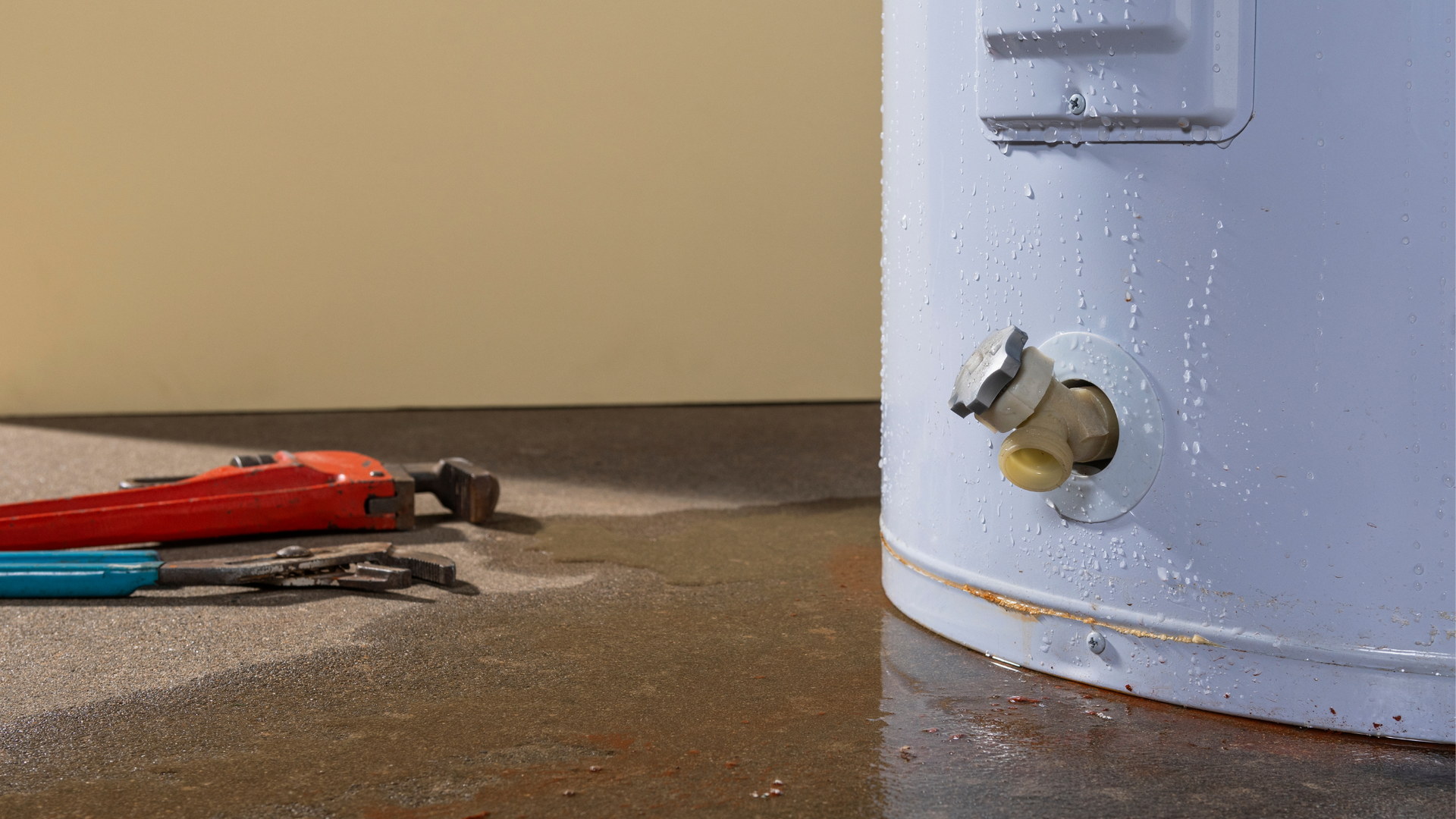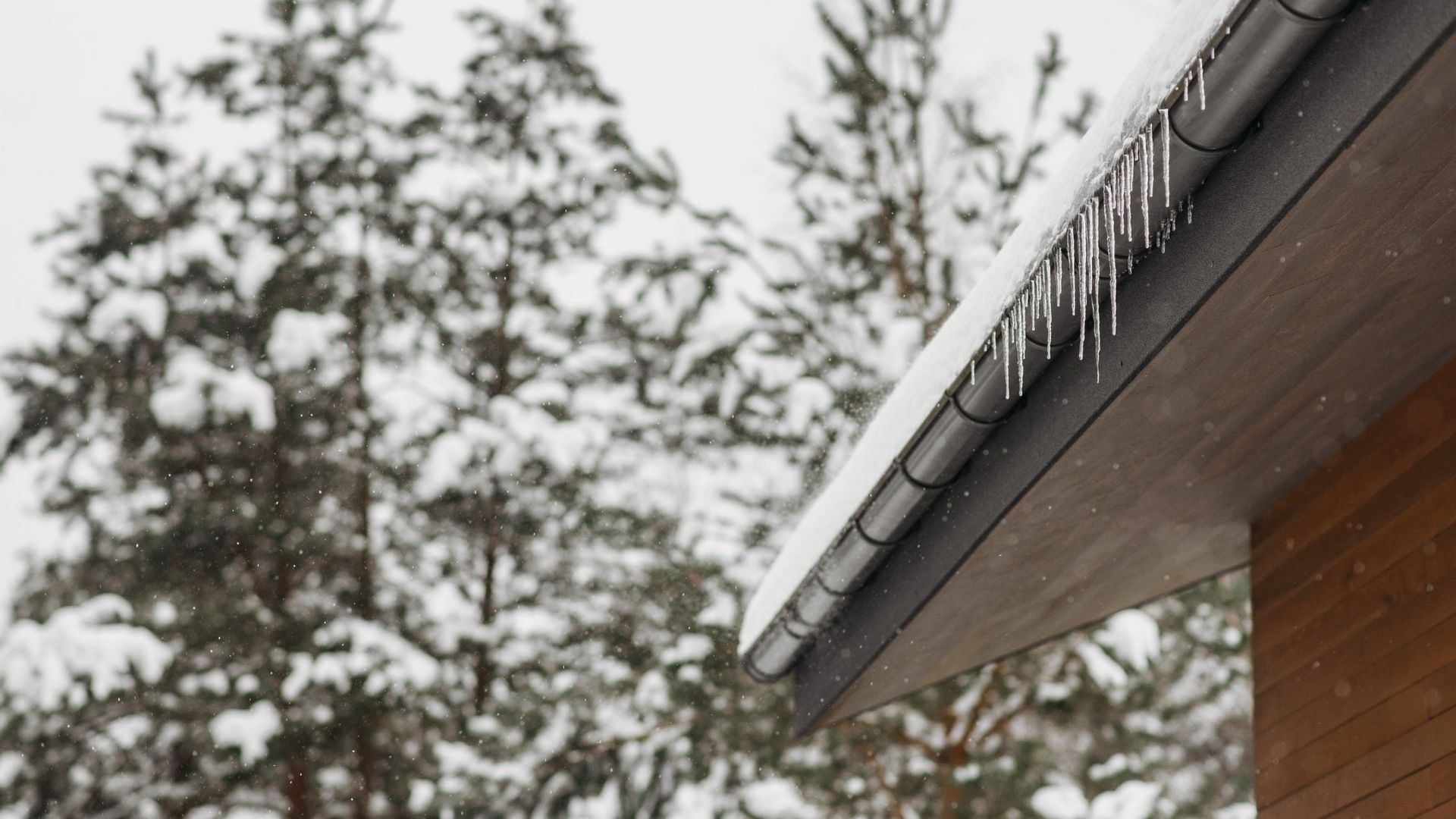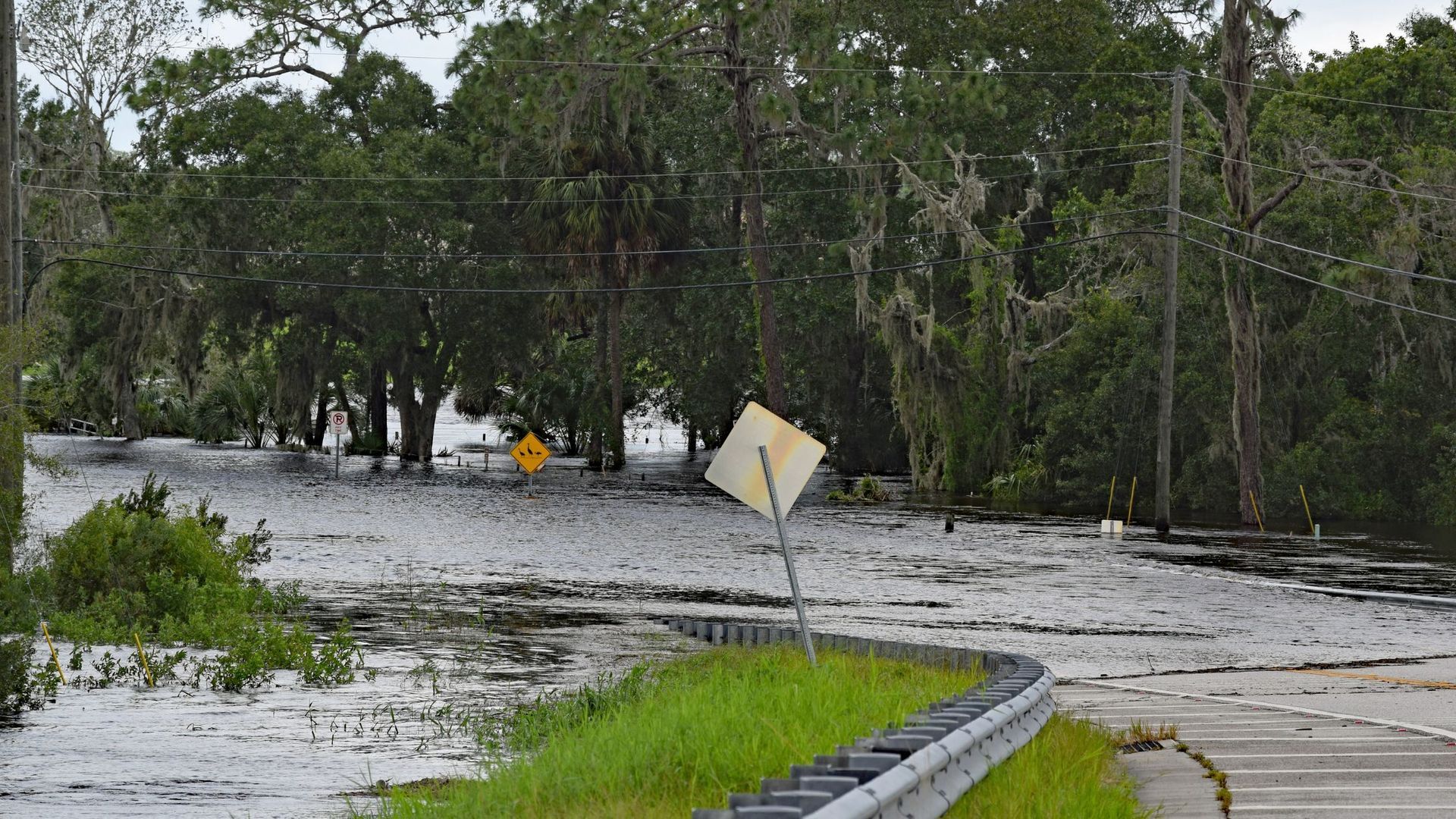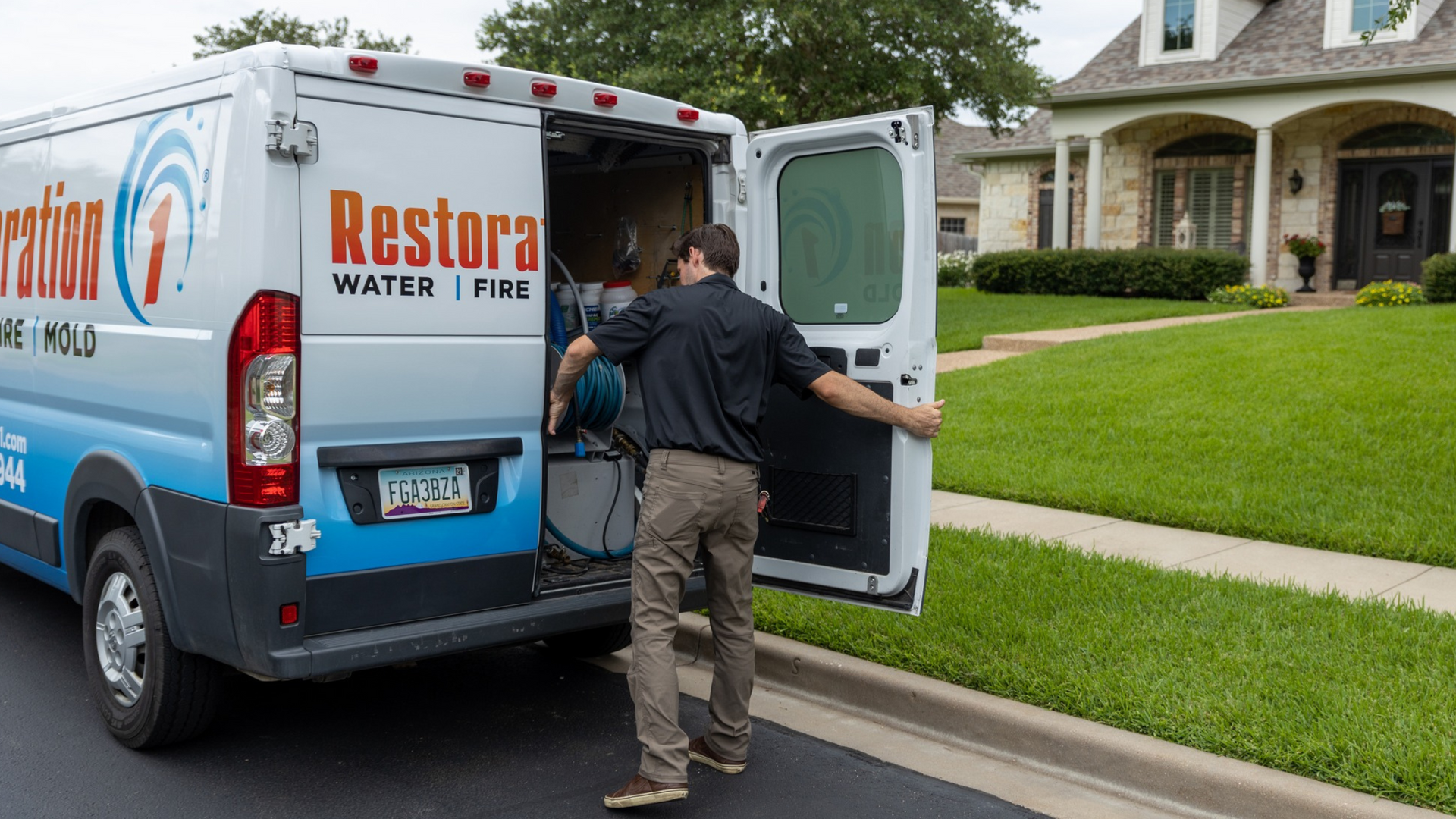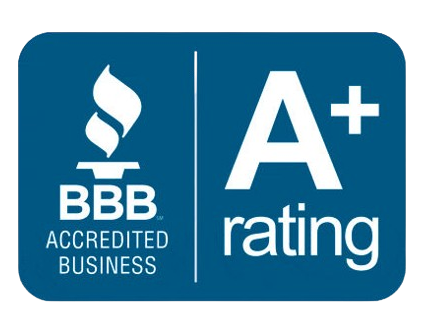What Should You Do if Your Toilet Overflows?
What Should You Do if Your Toilet Overflows?
Durham, NC
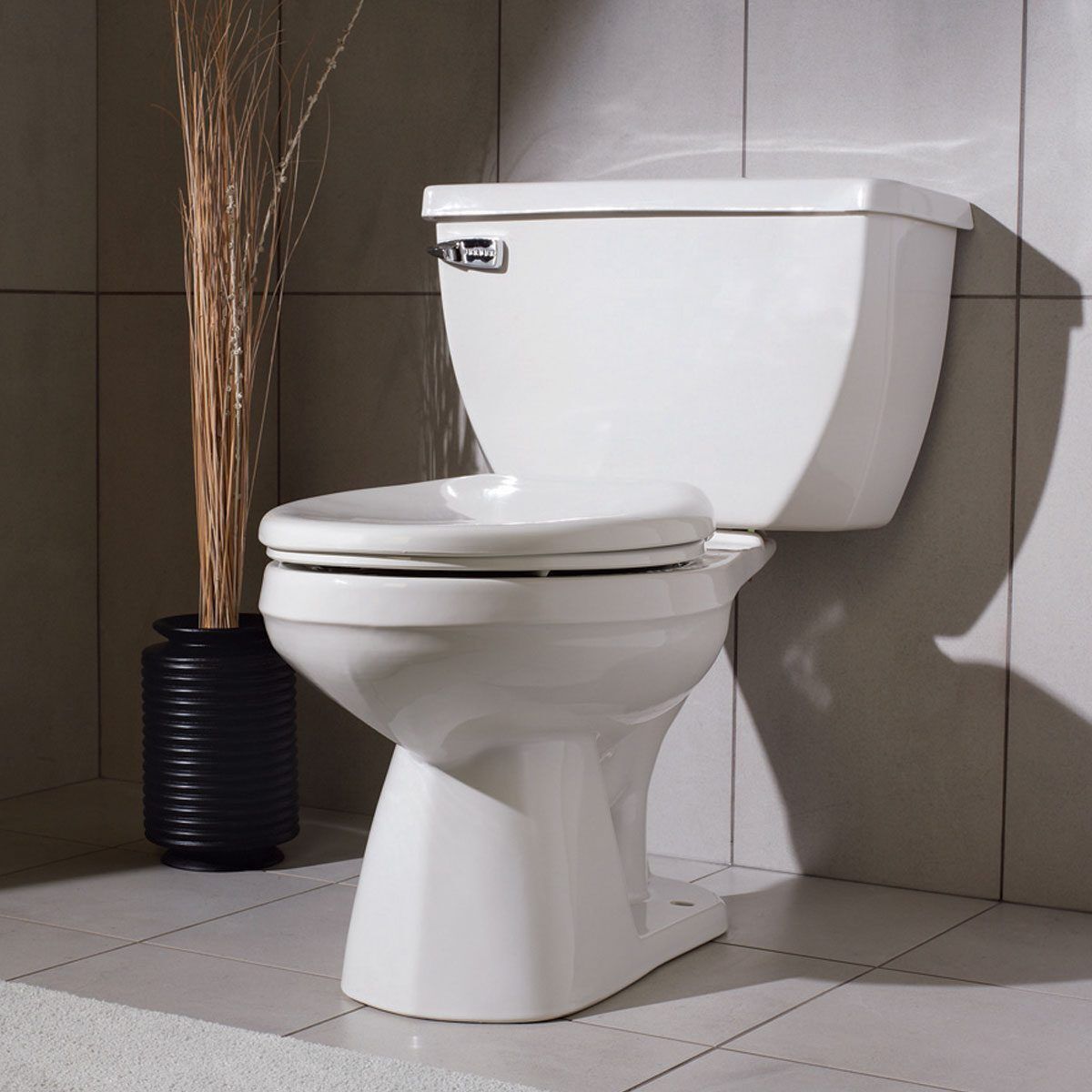
To stop a toilet from overflowing, fast thinking and action are essential.
It's not difficult, though, if you know how to look after it.
To begin, remove the toilet tank cover quickly and gently and set it aside.
Make sure everything's secure, but don't worry about laying it out on towels or anything - you don't have much time!
After that, depress the flapper valve in the toilet tank. The rubber piece at the tank's bottom center is known as the flapper. This will restrict any excess water from entering the bowl and from spilling over the sides.
Pull up on the float that triggers the tank fill valve to stop the tank from filling once you've secured the flapper valve. The water level in the bowl should gradually reduce when the main water supply is switched off. If the water level returns to normal after about a minute, you should be able to let go of the float and refill the bowl without fear of it spilling. Keep an eye on it so you can turn it off if the water level becomes dangerously high.
Keep the float in place while turning off the water at the toilet supply valve, which is located near the floor or in the wall behind the toilet - turn it clockwise (to the right) to close it. If you can't reach the valve while holding the float, release the ball and close the valve as soon as you can.
HOW TO UNCLOG AN OVERFLOWING TOILET
All toilets sinks, and other plumbing equipment must be switched off once the toilet has stopped overflowing.
- Try using a plunger to see if you can clear any obstructions from the drain.
- To find the source of the problem, start with the bathroom fixtures and work your way up. It's essential to have a partner keep an eye on the lower levels while you inspect the fittings on the upper floors; otherwise, it's impossible to determine if the upstairs drains are actually working or if they're simply backing up into lower drains.
- If there is only one blocked toilet, the problem is most likely isolated to that toilet. A blocked system drain or a failed septic field might be the cause of several toilets being destroyed.
- Contact a specialist if you are unable to clear the blockage on your own.
Please do not hesitate to call Restoration 1 if your home or company has been harmed by sewage or overflowing water. To restore your house to its pre-loss condition, our IICRC-certified professionals will perform emergency water removal and drying.



